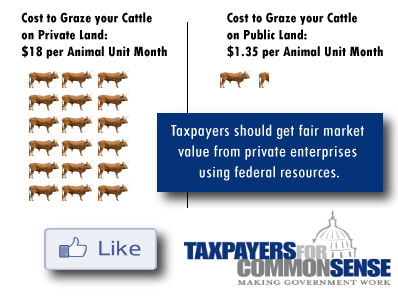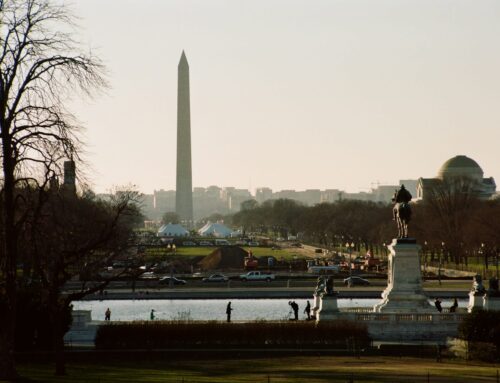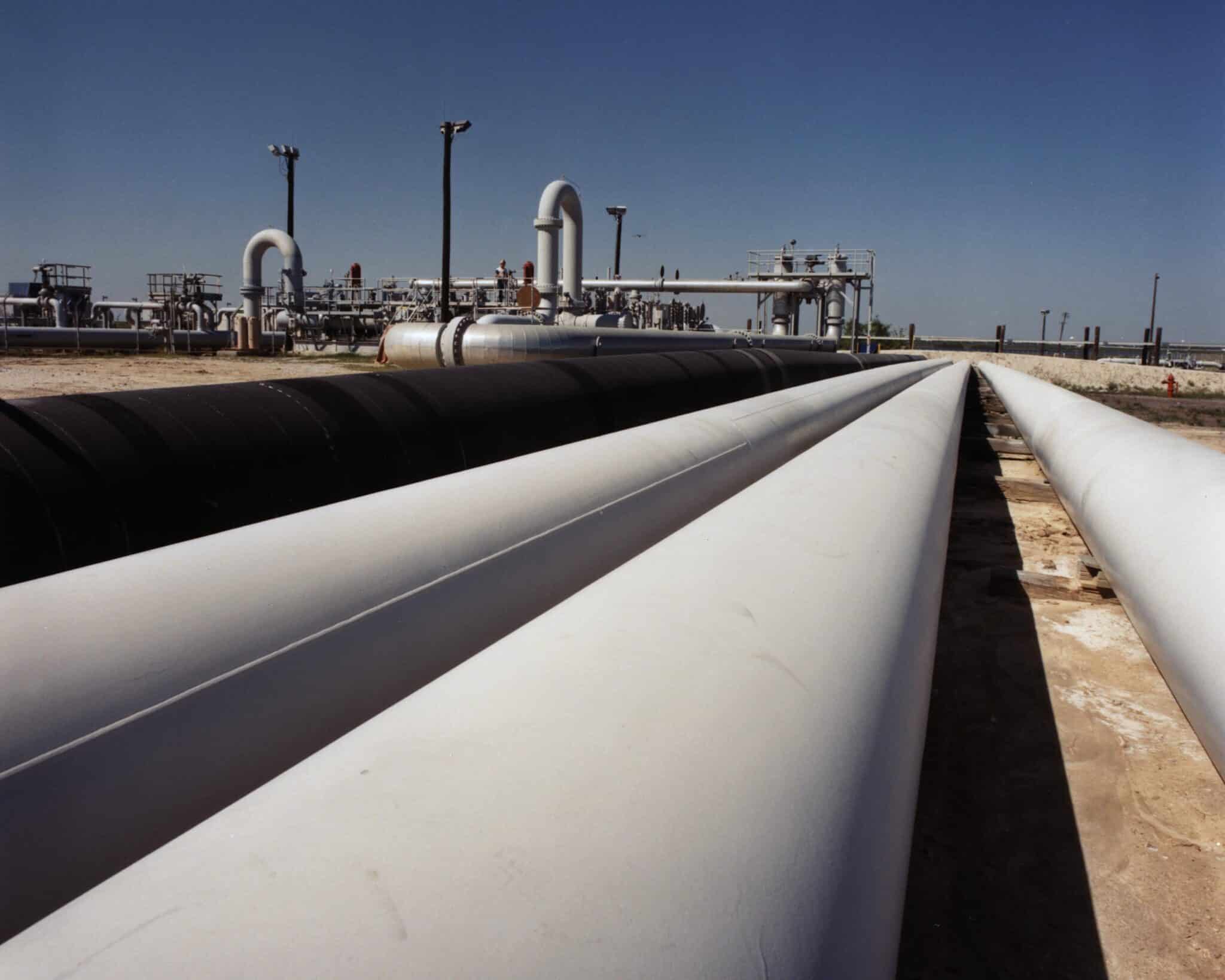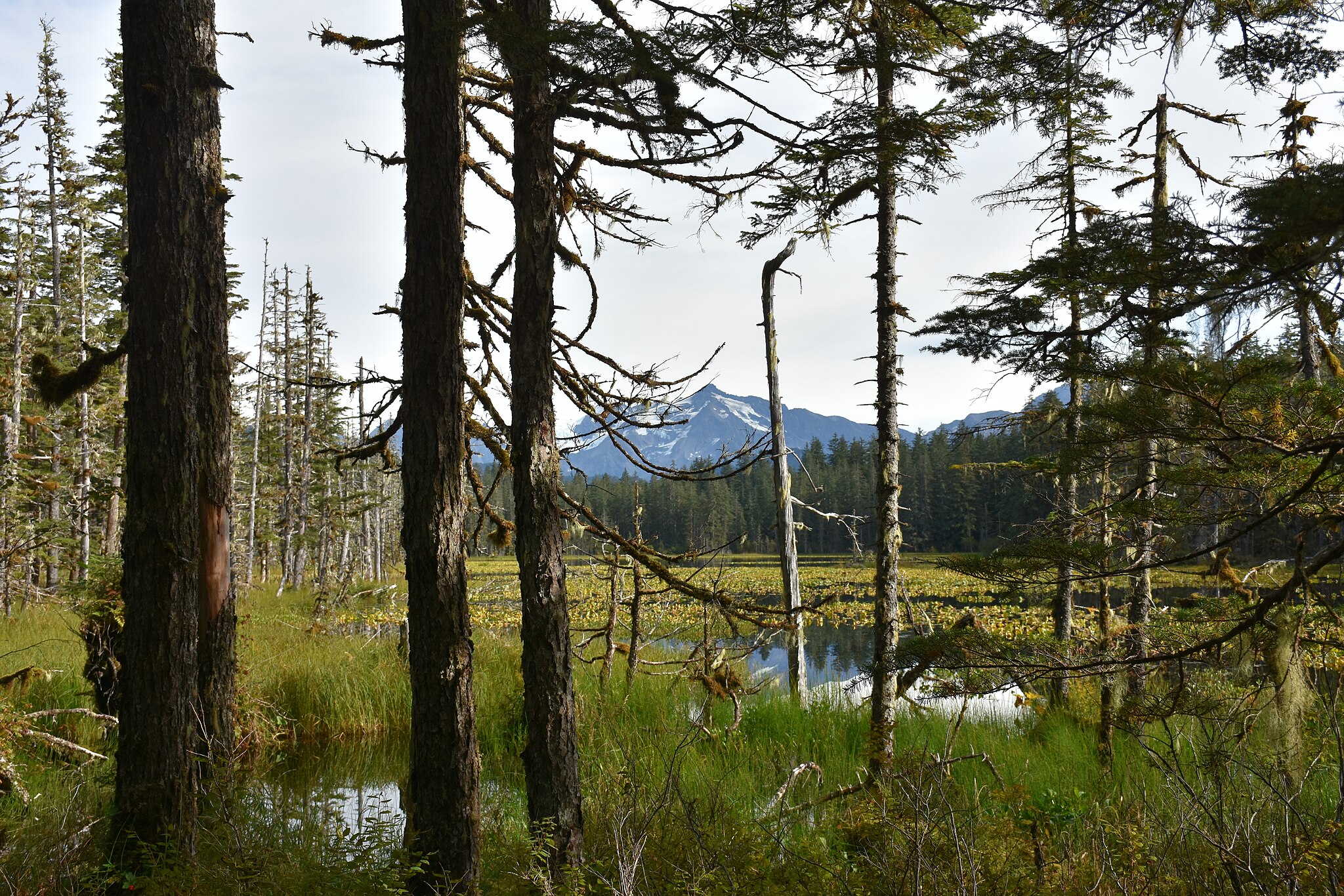 Americans often look at the men and women who earn their living off the land in the west as rugged individualists. That may be true, but look a little closer at their books and many are less Marlboro Man and more Fat Cat. Under their weathered veneer is a public subsidy cowboy living high on the hog because of sweetheart deals including water, mining, crop insurance, grazing, livestock disaster, and other subsidies from Uncle Sam. There’s too much to cover in one Wastebasket, but since the issue of federal land management and grazing in the West was in the spotlight this past week we’ll look at that.
Americans often look at the men and women who earn their living off the land in the west as rugged individualists. That may be true, but look a little closer at their books and many are less Marlboro Man and more Fat Cat. Under their weathered veneer is a public subsidy cowboy living high on the hog because of sweetheart deals including water, mining, crop insurance, grazing, livestock disaster, and other subsidies from Uncle Sam. There’s too much to cover in one Wastebasket, but since the issue of federal land management and grazing in the West was in the spotlight this past week we’ll look at that.
Grazing on public lands came into the fore recently when federal Bureau of Land Management (BLM) agents seized Nevada rancher Cliven Bundy’s cattle to settle the more than $1 million in fines he has racked up since 1993. The fines are a result of Bundy grazing his cattle on BLM lands where grazing is prohibited, land for which he didn’t have one of the 18,000 federal permits in the west.
Leaving aside the whole armed standoff and ridiculous constitutional questions that Bundy boosters raised (yes, they are federal lands, they were before Nevada became a state and Nevada gave up any claim to them to become a state, furthermore state law has a litany of provisions regarding the intersection of grazing and federal land) this latest incident highlights the problems with the nation’s grazing rules for federal lands.
Federal grazing rules are outdated, too generous, and don’t even come close to covering the costs taxpayers bear in maintaining federal grazing lands.
While the Forest Service has charged private cattlemen a fee to graze on public lands for 108 years, BLM is a relative newcomer – charging only since 1936. Supposedly BLM annually takes livestock prices, cost of cattle production, AND private grazing fees into account when setting the price. That’s hard to figure when government data pegs private grazing fees at roughly $18 per Animal Unit Month (AUM represents the amount of forage (e.g. grass) a cow and her calf need for a month) throughout the west over the past two years. In Nevada the average private grazing fee was $15 per AUM. Yet this year the BLM fee is set at $1.35 per AUM.
These highly discounted rates come about because current rules enshrine the cost ranchers paid to graze on private lands in 1966, $1.23 per AUM, as the starting point for fees. This year’s $1.35 per AUM represents a whopping 12 cent increase over the last 48 years. And part of that is only because a 1986 Executive Order set a floor of $1.35 for the grazing fee. Even though the costs to graze on private land have increased substantially since Lyndon Johnson was president, the Congressional Research Service (CRS) found that in the 28 years since the 1986 Executive Order the annual fee has been set at the floor 16 times and has never exceeded $2.00, topping out at $1.98 in 1994. Simply taking inflation since 1966 into account the fee should be at least $8.97.
The fees charged for grazing permits fall far short of the cost taxpayers incur for opening these lands to ranchers. In 2005, the Government Accountability Office estimated that federal grazing fees covered a little more than 13 percent of overall program funding in fiscal year 2004, a pattern confirmed by the Congressional Research Service in their analysis of fiscal year 2009 spending. Certainly there are differences between private land and public land in quality, but there are also a variety of federal programs such as Wildlife Services (killing wolves and other predators) that also benefit ranchers.
The federal grazing program is a sweetheart deal for ranchers so it’s not surprising ranchers want to use that land. If you think about it, if they owned that land, they would have to maintain it and pay taxes on it. Having taxpayers subsidize your grazing fees is a much cheaper way to go. The vast, vast majority of ranchers using public lands are law abiding, responsible citizens. It’s just that the law gives them a trough full of subsidies at taxpayer expense.










